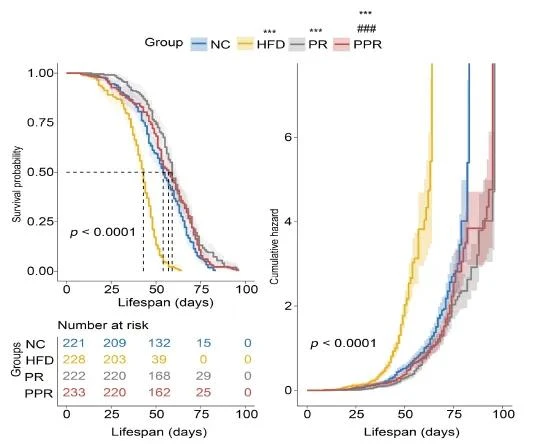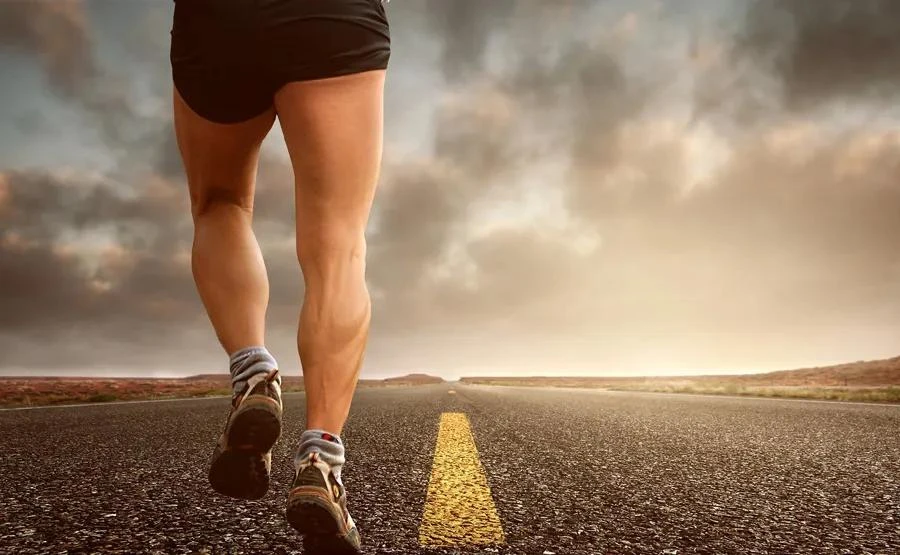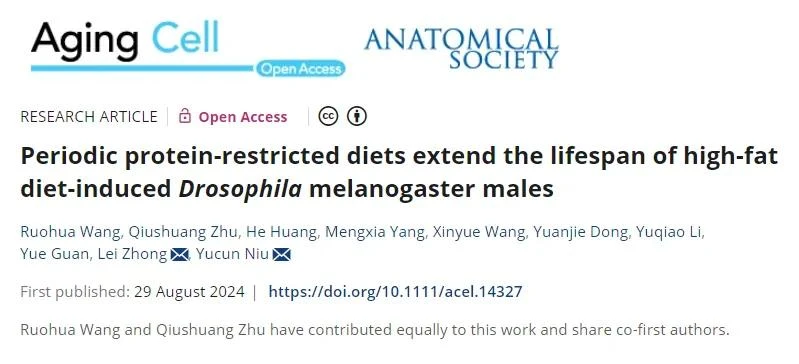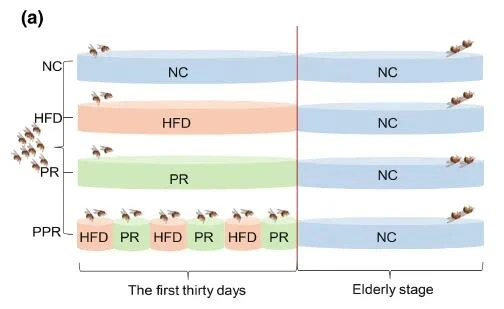As modern research continues to highlight the undeniable connection between physical activity and health, it becomes increasingly clear that the right kind of movement can significantly impact both lifespan and the aging process. While exercise is widely known for its benefits, such as improving cardiovascular health and combating chronic diseases, a recent study from Sun Yat-sen University has shed new light on how different types of physical activity—and even inactivity—affect longevity and aging.
Published in the GeroScience journal on September 4, 2024, this groundbreaking study titled "Active Longevity and Aging: Dissecting the Impacts of Physical and Sedentary Behaviors on Longevity and Age Acceleration" presents fascinating findings. It identifies moderate physical activity as the most effective type of exercise for extending life and slowing the aging process. In contrast, intense physical activity and prolonged sitting may accelerate aging.

The Power of Moderate Exercise
According to the study, moderate physical activity (MPA) provides the most significant benefits for longevity, particularly when compared to high-intensity workouts or sedentary lifestyles. MPA includes activities such as brisk walking, cycling, climbing stairs, and dancing. These exercises are measured in metabolic equivalents (METs), with MPA falling in the range of 4 METs, while more sedentary activities, like sitting, come in at just 1 MET. Regular walking, for example, clocks in at about 3.3 METs, emphasizing the relative intensity of moderate exercise without overexerting the body.
Researchers involved in the study utilized both observational methods and Mendelian randomization to analyze data from over 20,000 participants in Guangzhou, China. These participants, all aged 50 or older, provided detailed information about their physical activity and sedentary habits. The team defined "longevity" as being in the top 10% of participants living beyond the average life expectancy, while "accelerated aging" referred to the difference between a person's phenotypic age and their actual chronological age.
The study tracked the participants over an impressive 15-year period. By the end, nearly 3,000 participants had been categorized into the longevity group. Compared to participants who engaged in low levels of physical activity, those who engaged in moderate levels of physical activity had a 56% higher likelihood of reaching the longevity group. More interestingly, high levels of physical activity were associated with a 66% increase in the likelihood of longevity.
Balancing Exercise and Aging
However, the research revealed that the frequency and intensity of exercise matter significantly. While moderate physical activity was linked with both longevity and reduced aging, vigorous physical activity (VPA) seemed to have a more complicated relationship with the aging process. Although high levels of intense exercise may increase the chances of a longer life, they can also, paradoxically, accelerate aging in certain cases.
For instance, participants who engaged in regular but moderate physical activity experienced slower aging over the study's period. On the other hand, those who consistently engaged in intense physical activities over long periods saw their aging process speed up, with some experiencing over five years of accelerated aging compared to their peers. This surprising result highlights that more exercise does not always equate to better aging outcomes.
Gender differences also emerged in the findings. The positive association between physical activity and longevity was notably stronger in men than in women, suggesting that gender may play a role in how different bodies respond to varying levels of activity.
Sitting and Its Effects on Aging
In addition to physical activity, the research emphasized the dangers of prolonged sitting. Sedentary behavior was found to be strongly linked to accelerated aging, particularly among those who spent a significant amount of their day sitting. Participants who led predominantly sedentary lifestyles were more likely to experience faster aging than their more active counterparts.
Mendelian randomization, a method that uses genetic variants to determine causal relationships, further supported these findings. The genetic analysis revealed that the tendency to be sedentary is directly related to faster aging, strengthening the argument that sitting for long periods accelerates the aging process.
The research team concluded that moderate physical activity, when practiced consistently, is the most effective way to promote longevity and counteract the negative effects of aging. Vigorous physical activity and sedentary lifestyles, on the other hand, tend to accelerate the aging process.
Lipids and Longevity: The Role of Cholesterol
One of the most intriguing aspects of the study was its analysis of how lipid levels mediate the relationship between physical activity and aging. The researchers discovered that some of the benefits of physical activity on longevity and aging are related to lipid metabolism. Specifically, low-density lipoprotein cholesterol (LDL-C) played a significant role in promoting longevity, while triglycerides were linked to slower aging.
In other words, part of the reason why moderate physical activity is so beneficial for longevity is because of its ability to regulate cholesterol levels. LDL-C was found to mediate approximately 8.23% of the total impact of physical activity on lifespan, while triglycerides accounted for about 7.81% of the overall effect on slowing down aging.
These findings suggest that maintaining healthy lipid levels through moderate exercise could be a key strategy in promoting long life and reducing age-related health issues.
Takeaway: Move More, Sit Less
The Sun Yat-sen University study offers valuable insights into how exercise habits influence aging and longevity. Its findings suggest that if you're aiming for a long, healthy life, the best strategy may be to incorporate moderate physical activity into your daily routine while avoiding prolonged sitting. While vigorous exercise has its benefits, it should be done in moderation, as it may accelerate aging when performed excessively.
In conclusion, a balanced approach to physical activity—one that emphasizes moderate, regular exercise and minimizes sedentary behavior—could be the most effective way to extend your lifespan and slow down the aging process. This large-scale, long-term study provides compelling evidence that moving more and sitting less may be the key to a longer, healthier life.



